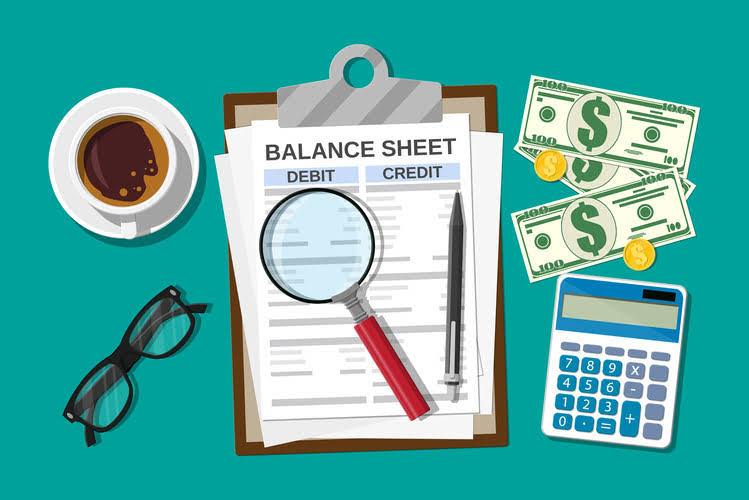
In addition, the maximum amount of the credit for residential units in which lead paint was partially covered or removed has been doubled to $1,000. An overpayment claimed on a return may be applied as a credit for your next year’s estimated tax or you may request that it be refunded to you. An overpayment may also be offset or intercepted by the Department of Revenue and applied to another liability. If an extension payment is required to reach the 80% threshold, you can pay electronically. If you need to pay $5,000 or more to qualify for an extension, you are required pay electronically.
To find a financial advisor who serves your area, try SmartAsset’s free online matching tool. While we do our best to keep our list of Massachusetts Income Tax Forms up to date and complete, we cannot be held liable for errors or omissions. Massachusetts usually releases forms for the current massachusetts income tax rate tax year between January and April. We last updated Massachusetts Schedule D-IS from the Department of Revenue in January 2023. We last updated the Long-Term Capital Gains and Losses Excluding Collectibles in January 2023,
and the latest form we have available is for tax year 2022.
States That Don’t Tax Capital Gains
Generally, you need to pay at least 80% of your annual income tax liability before you file your return for the year. You pay through withholding and making estimated tax payments on any income not subject to withholding. Another change going into effect will require all married couples who file joint federal returns to also file jointly at the state level, rather than individually. Some business leaders opposed the measure, but the goal, proponents say, is to prevent wealthy couples from avoiding the so-called millionaires tax, a 4 percent surtax on annual incomes over $1 million, by filing separately. You may remember the Chapter 62F Tax provision that allows for taxpayers to receive a credit if total tax revenues in a given year exceed an annual cap tied to wage and salary growth in Massachusetts.

They are not tax efficient and an investor should consult with his/her tax advisor prior to investing. The value of the investment may fall as well as rise and investors may get back less than they invested. But some parts of the law technically didn’t take effect until Monday, meaning residents can’t realize their full benefits until they file their 2024 taxes, likely in spring 2025. That includes an enhanced tax credit for parents of children or caretakers for disabled adults or seniors.
Long-Term Capital Gains and Losses Excluding Collectibles Schedule D-IS
You decide you want to sell your stock and capitalize on the increase in value. Capital gain taxes can significantly reduce the wealth your family keeps every year. Fortunately, there are several strategies available to minimize these taxes. Read more here and check out our Guided Planner tool, where we’ll point you toward the strategies that might apply to you. Use tax is a 6.25% tax paid on out-of-state or out-of-country purchases that are used, stored or consumed in Massachusetts and on which no Massachusetts sales tax (or less than 6.25%) was paid. The compromise bill that lawmakers passed, and Healey signed, includes a raft of tax changes supported by the state’s business community, which has raised alarms about the exodus of Massachusetts residents to other states.
The Massachusetts senior circuit breaker credit maximum amount will double from $1,200 to $2,400. This allows seniors who are age 65 or older and meet certain income requirements and who rent or own a home in Massachusetts to get the credit for rental expenses or property taxes paid. For 2023 estimated tax payments due by January 15, 2024, the 4% surtax will not be considered when determining whether https://www.bookstime.com/ there has been an underpayment of the estimated tax. The Department of Revenue has issued guidance for withholding and estimated tax penalties that would otherwise apply to the payment of the 4% surtax for tax year 2023, the first year for which the surtax applied. This guidance, which applies in place of the general rules stated above, was intended to ease compliance in this first year.



